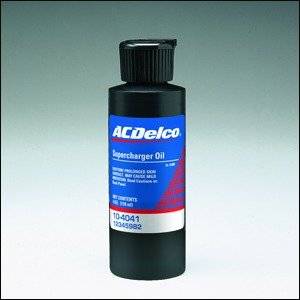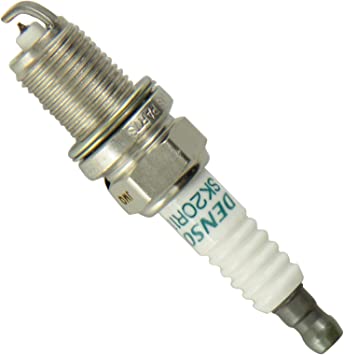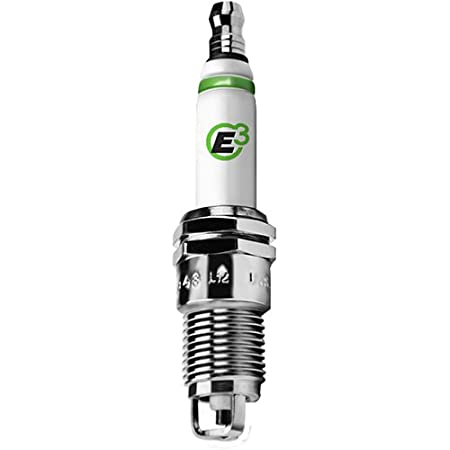Do Car Batteries Come Charged?
Knowing the health and charge of your new car battery is always a good idea. Do car batteries usually get charged?
We’ve researched for you and here is what we came up with. Most new car batteries come charged to about 90 percent or more of their capacity, and there are a few exceptions.
We have compiled more interesting facts and tips about car batteries, and we’re sure that they’ll be helpful as an introduction or as a primer for motorists.
Don’t forget to read on and enjoy.
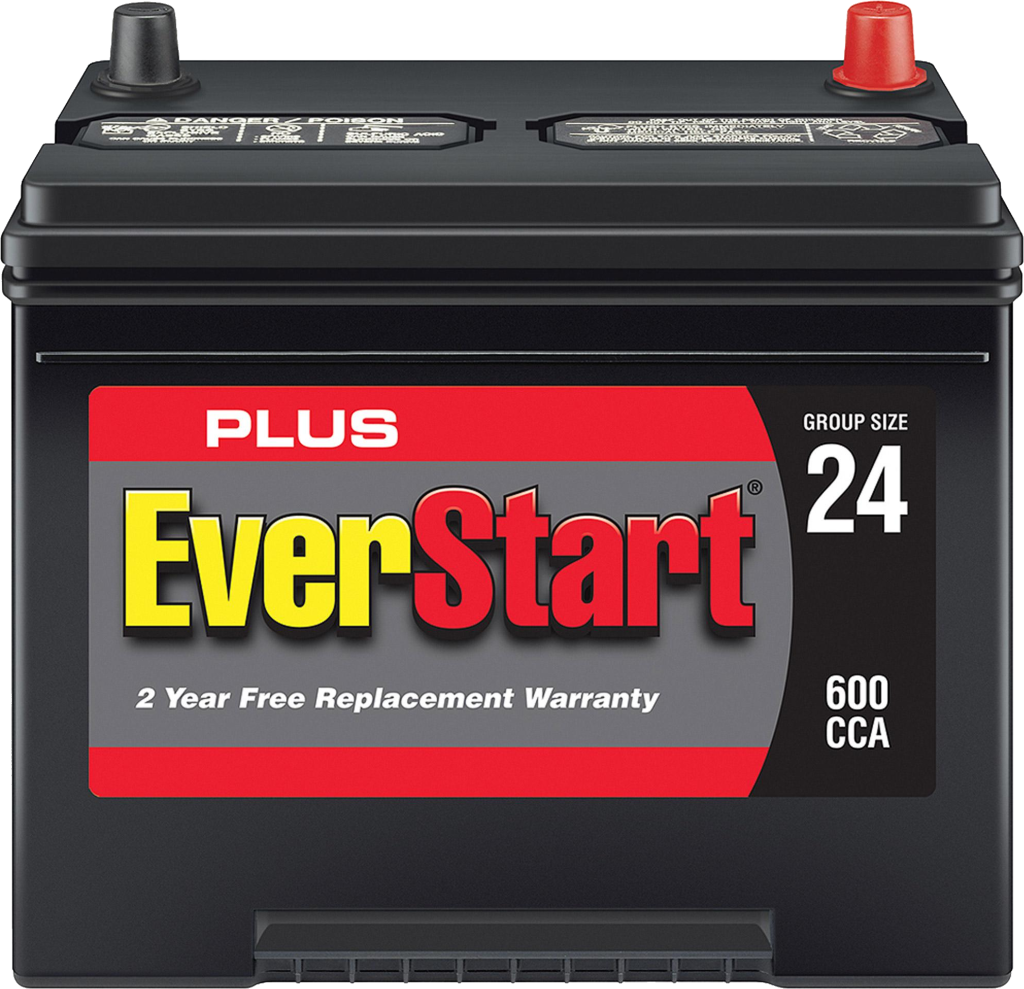
Do All Car Batteries Come Fully Charged?
Most car batteries are fully charged, and sold by dealers and distributors. A buyer can purchase a car battery off the shelves and use it to start a car.
However, there are a few exceptions. Some batteries come from the factory uncharged and need to be activated by the buyers themselves.
Unusually-sized batteries that need special processes before getting installed into vehicles are another exception.
Why Car Batteries Come Charged?
The factory charges the batteries to prevent degradation and quality control. There are several tests involved in the process.
- State of Health (SOH), State of Charge (SOC)
- Service Life
- State Detection
The terminologies may sound daunting, but what do these tests mean for our car batteries? These processes should be put simply.
- The car battery’s charge capacity is measured in milliampere hours.
- Check the battery’s voltage.
- The safe discharge depth is measured in terms of charge percentage.
- The battery should be able to achieve its rated lifespan during regular use as well as in storage.
How To Test Car Battery?
If you want to test your car battery’s ability to start an engine, you’ll need to use a multimeter or a car battery tester.
Multimeter
A multimeter is an electronic instrument that is used to measure electrical resistance from an electrical source. The electrical source in this case is the car battery.
Follow these easy steps:
- The multimeter’s DC voltage setting needs to be turned to 20 volts.
- Attach the multimeter’s red probe to the battery.
- Attach the probe to the battery’s negative terminal.
Test The Battery’s Voltage
A fully-charged car battery’s “resting voltage” is either slightly higher or slightly lower.
When your car is off, your battery’s charge level is the resting voltage. You can get a guide for your battery’s resting voltage.
- 12.6V or above – Full charge.
- 12.5 volts – Healthy charge, more than sufficient.
- 12.1 – 12.4 volts- Partially discharged. When the battery is partially discharged, it’s a good idea to use the car’s alternator or a battery charging station. The lifespan of the battery will decrease if it is maintained for a long period.
- 12.0 volts or below – The car battery is discharged and should be charged immediately. The lifespan of the battery will shorten if it stays the same for extended periods.
Test The Battery’s CCA
The battery’s cold-cranking Amp (CCA) needs to be tested next.
A CCA rating is the number of Amps a 12-volt battery can deliver in 30 seconds while maintaining a voltage of at least 7.2 volts.
The battery’s ability to start a car’s engine in cold weather is referred to as CCA.
Medium to heavy-duty trucks may need 800 to 1000 CCA, while compact SUVs and light trucks may need 400 to 600.
It is not possible to measure the battery’s CCA directly, but a multimeter can help you estimate it.
It is possible to gauge if your battery can keep starting your car in the next few weeks, months, or years. When starting up your engine, you will need to see your multimeter.
If your multimeter’s lead wires are long, you can do this yourself. Someone will need to start the car if you do not.
When the engine is cranking up, the multimeter’s voltage reading will drop temporarily.
While the engine is cranking, the voltage reading should not drop below 10 volts for a fully charged battery. If it does, the battery will need to be replaced or regenerated.
Test The Battery’s Voltage With Engine Running
When the engine is running, you will have to check the battery’s voltage.
When the engine is running, a healthy car battery’s voltage reading should be in the range of 13 to 14.7%.
Car Battery Tester
The car battery tester is more specialized than your standard multimeter. Your battery’s health, charge percentage, and CCA are also analyzed by it.
Here are the steps:
- Attach the battery tester’s red probe to the positive terminal of the battery.
- The battery tester’s black probe should be placed on the battery’s negative terminal.
- You can choose the battery type using the buttons.
- Regular Flooded
- Absorbent Glass Mat
- AGM Spiral
- Gel Type Battery
- Enhanced Flooded Battery
- The battery’s rating is usually on the label, but you can select it.
- Wait a few seconds for the results after you start the battery test.
The battery test should return the same information across most units, even if the brands and models have different buttons. The results would usually show the following
- Voltage reading
- State of charge
- State of health
- Actual vs. rated CCA
- Overall Analysis
A cranking test will usually show the cranking voltage and the time needed to start the engine.
The charging test will show the battery’s voltage while the engine is running and the alternator is working.
An overall analysis, like “Normal,” “Low,” etc., may be returned by the cranking and charging tests.
How To Identify If Your Alternator Has A Problem?
The car’s standard electrical equipment can be turned on by starting the engine and turning it on.
The “Charging Test” will give you a straightforward analysis, if you use a car battery tester. It could be good, normal, low, or both.
You will need to use a multimeter to see the voltage reading.
Your alternator may be having a hard time keeping the battery charged if the reading drops below a certain point. It would be great to have a professional check it.
How Long Will A Car Battery Hold Its Charge?
Brand new batteries lose around 5% of their charge every month, even if they are just sitting on a dealer’s shelves.
It’s a good idea to check the manufacturing date on the battery’s label to be sure you can choose the newest one.
If you bring a brand-new, fully charged battery home and store it for emergency purposes, the charge can last for up to 6 months.
A fully-charged car battery installed in one of today’s modern cars will typically last for a week or two before dying out.
How Long Will Car Batteries Last?
Some people claim that their car batteries last six years, while others think they last four years. Some people think that a car battery’s lifespan is the same for everyone.
Even assuming that there are no differences in the brand, type, size, initial charge, and manufacturing date of two car batteries, their lifespans can vary due to the following reasons.
- The lifespan of the battery can be shortened by extreme temperatures.
- Liquid solutions can spill and damage plates, which will decrease the life of the battery.
- A car battery’s life span can shorten if it gets drained frequently.
- The battery is drained by features such as wipers, headlamps, air-conditioning, infotainment systems, backup cameras, and assisted driving features. The rate of usage can affect the life of the battery.
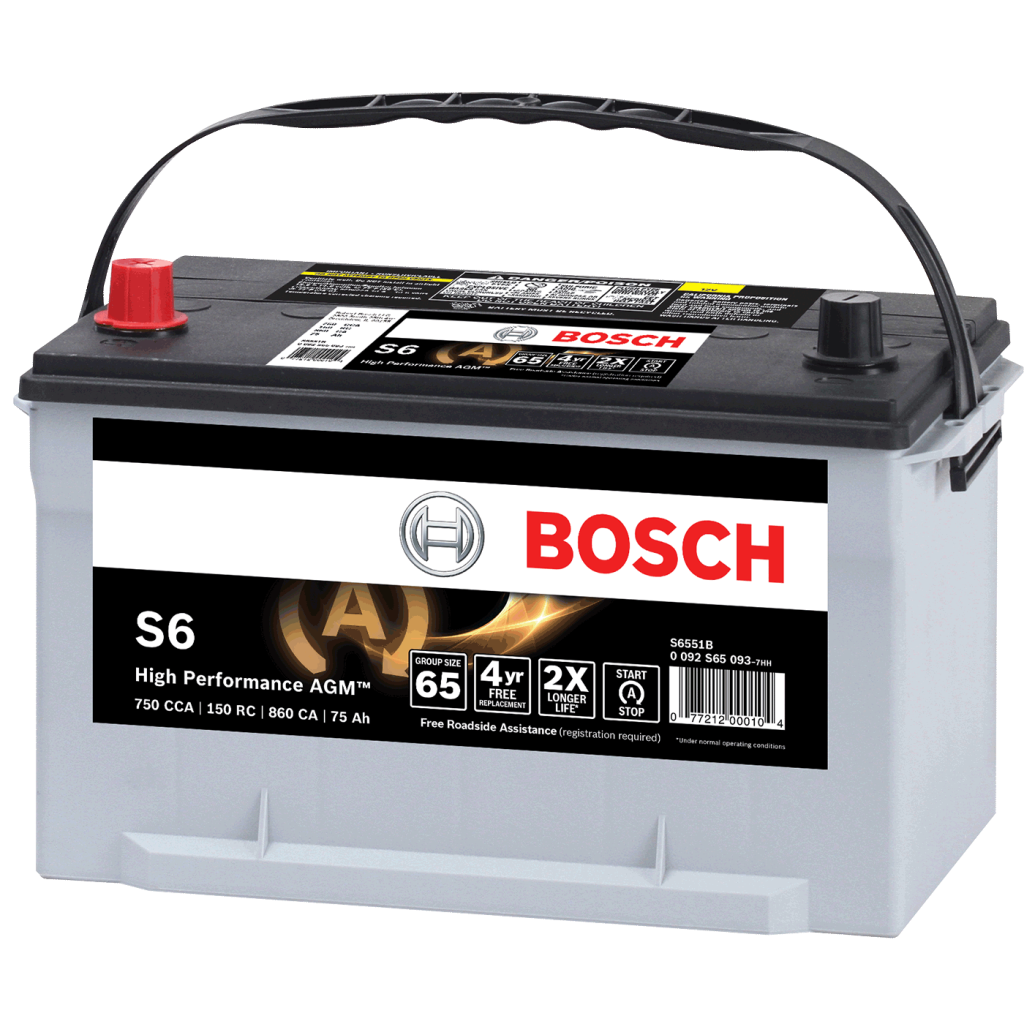
Conclusion
Car batteries are usually charged straight out of the factory or dealership, however, there are a few exceptions.
The battery health of cars should be monitored to avoid inconvenient situations.
We are confident that we were able to give you a better understanding of car batteries, and we hope that you enjoyed reading this article.

Truck driver by profession, automotive lover by heart. Ricky is the main publisher and editor at Truckile.com sharing his life-long knowledge and experience in the auto industry and truck driving!

